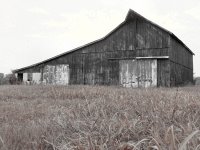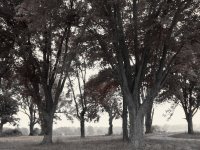Some of my experiences with enduring the heat
It's too hot, and that's not just my opinion. It's a fact, verified by the National Weather Service. They've been issuing a Heat Advisory every day for a week or so in Kentucky. Our Heat Advisory for tomorrow reads in part:
Conditions may be more oppressive Thursday afternoon... as highs are expected to reach near 100 degrees [in] many areas... with heat indices forecast to range from 105 to 115 degrees.
A heat advisory means that a period of hot temperatures is likely. The combination of hot temperatures and high humidity will combine to create a situation in which heat illnesses are possible. Drink plenty of fluids... stay in an air conditioned room... stay out of the sun... and check up on relatives and friends.
(Source: Weather Underground for Hopkinsville, KY)

This summer, one thing after another has broken at our house, and the most recent thing was the air conditioning. Thank goodness, it's back on tonight, but we spent about a week and a half without it. That's enough time to make a person remember how truly wonderful air conditioning is.
Back before AC was invented, houses in Kentucky (and throughout the South) were built to resist the heat and promote air circulation. The second story and full attic helped to insulate the first floor. Ten-foot ceilings and six-foot windows promoted natural air circulation. A grove of trees around the house could reduce the temperatures another five to ten degrees.
We have trees, but no second story and no sets of big opposite windows so air can flow through easily. This house begins to get hot around 10 a.m. and it doesn't cool down until around 10 p.m., even with fans.
Hot Summer of 1980 in Missouri
While sitting around here too hot to move, I've thought about other hot summers in my past. I remember the hot summer of 1980 quite well. In Missouri, heat records were broken day after day. We lived in a second-floor apartment without air conditioning, and it was so hot even at night that we could barely sleep. Somehow in that heat, we packed everything up, moved out, and got ready to go teach school in Bolivia. It was 112° the day we flew out of Kansas City.
When we came back to Kansas City a year and a half later to spend Christmas, it was -15° the night we arrived. Those are good examples of the temperature extremes that Missouri can produce. I haven't seen it any hotter in Missouri than 112°, but I have seen it colder than -15°.
1980-82: Hot weather in Bolivia
We were near the equator in Santa Cruz, Bolivia, but life without air conditioning there really wasn't any worse than in Missouri. Our house was built with thick, solid brick walls that resisted the heat, and the whole place was shaded by trees most of the day. The floors were ceramic tile, and they were always cool. We had patios on three sides of the house. In the shade on an airy wicker chair with a cold drink, it was warm but not uncomfortable.
Of course, it was hot when we got out of our chairs and left the shade -- to go to work, for example. Bolivia is south of the equator and our school followed an American schedule, so the school months of September through May spanned the seasons of spring, summer, and autumn.
My classroom was in a new building with no trees around it, and it was very hot throughout the summer. I put the children under our one ceiling fan so they would be comfortable enough that they might be able to learn something. Most summer days were three-shower days --before and after school and before bed.
As warm as the summers were, the winters could be surprisingly cold. When cold
surazos blew in from the Argentine Pampas, nighttime temperatures fell into the forties. Our house had no form of heat and it could be darned chilly. We couldn't even run the oven much because its gas supply was a small propane cylinder.
1985: Hot summer of pregnancy
And then there was the memorable summer when I was pregnant with Keely. We were trying to survive on just one income during my last few months of pregnancy. The bigger I got, the hotter the weather got, and I was miserable. Our rental house had no air conditioner, not even a window unit, and we couldn't afford to buy one.
I wouldn't have survived if it hadn't been for lime slushes and Debbie. When I got too hot, I got two big lime slushes at Quick Trip and went to Debbie and Leroy's waterbed store to sit in the air conditioning for a few hours.
Debbie was pregnant too, and business was usually slow at the store so she was glad for company. We drank our slushes, watched TV, played cards, and sat around being pregnant. Luckily, Quick Trip was practically giving away lime slushes that summer. We drank so many that it's a wonder our babies didn't turn out green.
Debbie's baby was born at the end of July, and about the same time, the weather miraculously cooled down and August's temperatures stayed mostly in the 80's. It wasn't too bad. Keely was born on August 28, and not long after that, the cooler days of autumn arrived.
"This heat doesn't bother me one bit!"

In Kentucky, we usually have high humidity along with the heat. Our temperatures have been in the mid-90's this week, but the humidity has pushed the heat indices to 105° and above, day after day.
One day this week, a nice older lady who is a native Kentuckian told me with pride that this heat doesn't bother her
one bit. I am sure it doesn't. She has a lovely home with central air, and she works part-time in an air conditioned office. She drives around in a large air-conditioned Buick. In my opinion, she really has no idea what the heat is like.
Many of my farmer neighbors have tobacco fields, and this time of the year, they spend a good part of each day walking through them with hoes in their hands and sprayers on their backs. When I worked at the little country store down the road, the farmers often stopped in for a cold drink and a few minutes in the air conditioning. They were drenched in sweat and sometimes they looked like they were near heat exhaustion. I don't think any of them would ever say that the heat doesn't bother them one bit.
Two survival tips for hot weather
The truth is, heat like this is dangerous. I learned a couple of survival techniques during the years when we had no air conditioning, and I used them again when our AC was out the last couple weeks. I'll share them here because they might help someone else who's trying to just endure:
- You can cool down pretty well if you lay a wet towel across your body and rest in front of the fan.
- It's also helpful to wrap a few ice cubes inside a wet hand towel and lay it around your neck.
Technorati tags:
 Also, Windows has been displaying a persistent message that my copy of Windows is not valid and I might be a victim of software piracy, blah, blah, blah. I think that the guy that built my computer should fix the problem.
Also, Windows has been displaying a persistent message that my copy of Windows is not valid and I might be a victim of software piracy, blah, blah, blah. I think that the guy that built my computer should fix the problem. I've gone through another month of posts this evening and given them
I've gone through another month of posts this evening and given them  300 – Social sciences
300 – Social sciences
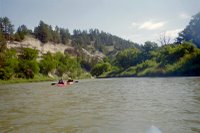
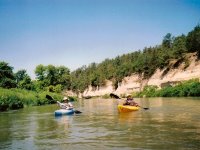


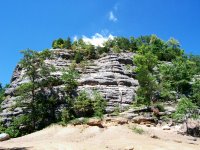
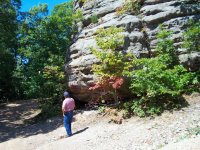
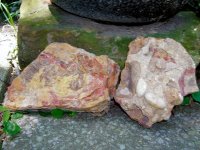
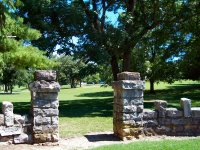



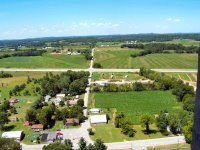
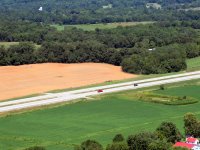
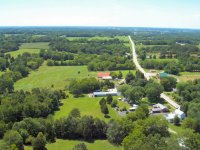
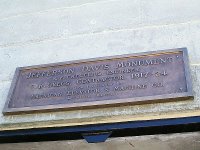
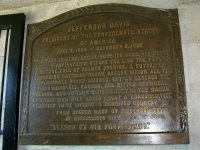
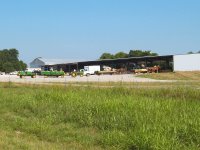
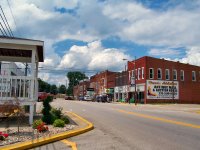
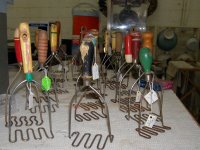
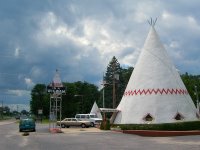
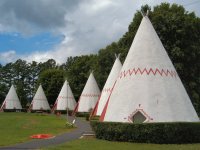


 This summer, one thing after another has broken at our house, and the most recent thing was the air conditioning. Thank goodness, it's back on tonight, but we spent about a week and a half without it. That's enough time to make a person remember how truly wonderful air conditioning is.
This summer, one thing after another has broken at our house, and the most recent thing was the air conditioning. Thank goodness, it's back on tonight, but we spent about a week and a half without it. That's enough time to make a person remember how truly wonderful air conditioning is. In Kentucky, we usually have high humidity along with the heat. Our temperatures have been in the mid-90's this week, but the humidity has pushed the heat indices to 105° and above, day after day.
In Kentucky, we usually have high humidity along with the heat. Our temperatures have been in the mid-90's this week, but the humidity has pushed the heat indices to 105° and above, day after day.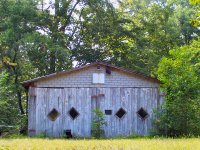
 Today I finished filling out a job application I've been dithering over for several days. I'll hand it in tomorrow and wait to see if anything happens. I am not holding my breath.
Today I finished filling out a job application I've been dithering over for several days. I'll hand it in tomorrow and wait to see if anything happens. I am not holding my breath.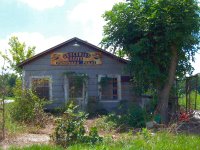


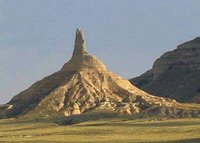
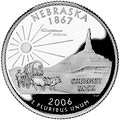 Nebraska's new state quarter has a picture of Chimney Rock and a covered wagon. It was a wise choice because it is a symbol that every native Nebraskan understands and shares. The words "Chimney Rock" bring to mind the crayon sketches and papier mache models we once made of this unique formation.
Nebraska's new state quarter has a picture of Chimney Rock and a covered wagon. It was a wise choice because it is a symbol that every native Nebraskan understands and shares. The words "Chimney Rock" bring to mind the crayon sketches and papier mache models we once made of this unique formation. Technorati tags:
Technorati tags: 

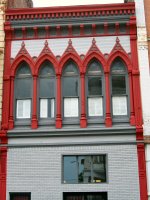





 Keely came to visit today and she told me what classes she's taking duing the fall semester:
Keely came to visit today and she told me what classes she's taking duing the fall semester: